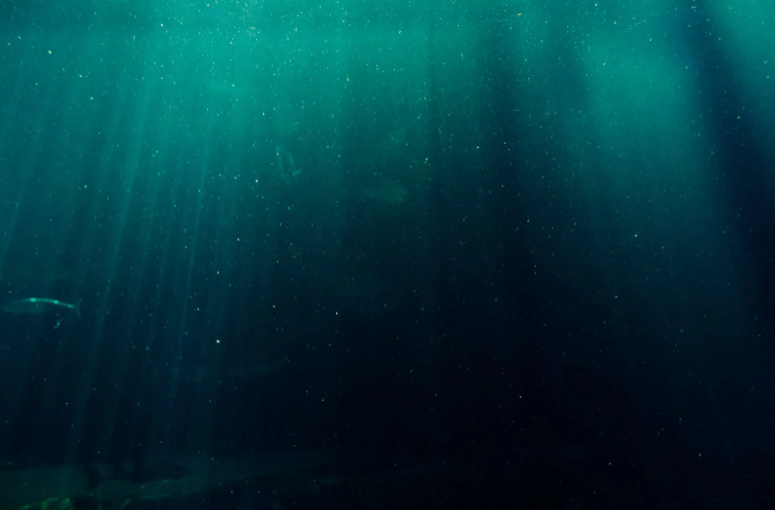Back in 2010, scientists have discovered a prehistoric 5 ft. long creature in Quebec that both shocked and excite researchers. Information that was gathered through the fossil gave scientists the idea that it is connected to a certain part of the human body.

This prehistoric creature had fingers
This 5 ft long prehistoric creature both swam and walked the earth about 380 million years ago and hand fingers. This tells scientists that this can actually be a missing link in the evolution of the human hand.
This was discovered back in 2010 but was only recent;y been studied. The fish fingers or 'Elpistostege watsoni' has enabled the human race's primitive sea-swelling relative o make the development from water to land as experts have claimed.
In Flinders University in Australia and Universite du Quebec had an international team of paleontologists to study the remains of this fossiled evolutionary creature.
This ft long creature and missing link actually looked like some shark with very powerful fands, small round eyes, and a long nose, but what really got the scientists' attention was the fins.
Found in Quebec
This was found in Miguasha National Park in Quebec, a graveyard for animals from the Age of Fishes of the Devonian Period.
The creature had four limbs that first provided evidence in the fossil form of skeletal appendages or finger-like bones. It is also very much similar to tetrapods that are a group of humans and most modern animals.
According to Daily Mail, John Long, a corresponding author, professor, and paleontologist at Flinders University in Adelaide, said that it was such an amazing discovery and a very important find to enable the study of a complete fossil of this prehistoric creature.
Ha also said, "It revealed extraordinary new information about the evolution of the vertebrate hand. This is the first time we have unequivocally discovered fingers locked in a fin with fin-rays in any known fish. The articulating digits in the fin are like the finger bones found in the hands of most animals."
Tetra-pods are four-footed animals that include today's mammals, birds, reptiles, amphibians, and humans. The scientists used CT or computed tomography scans, and they found fingers, wrists, and arms or hand bones that were organized in digits.
Long had said that this information also tells us that there were patterning for the vertebrae hand and how it was developed deep in evolution just before the fishes left the ocean.
This prehistoric creature was the largest predator living in the mudflats of Quebec at the time. These fishes would have eaten a lot of the bigger extinct lobe-finned creature s that were found fossilized in the same area.
This astonishing complete embodiment of Elpistostege was one of the best finds in 2010 and is still considered to be a remarkable discovery today.
The entire research has been published in the journal Nature.
ⓒ 2025 TECHTIMES.com All rights reserved. Do not reproduce without permission.




